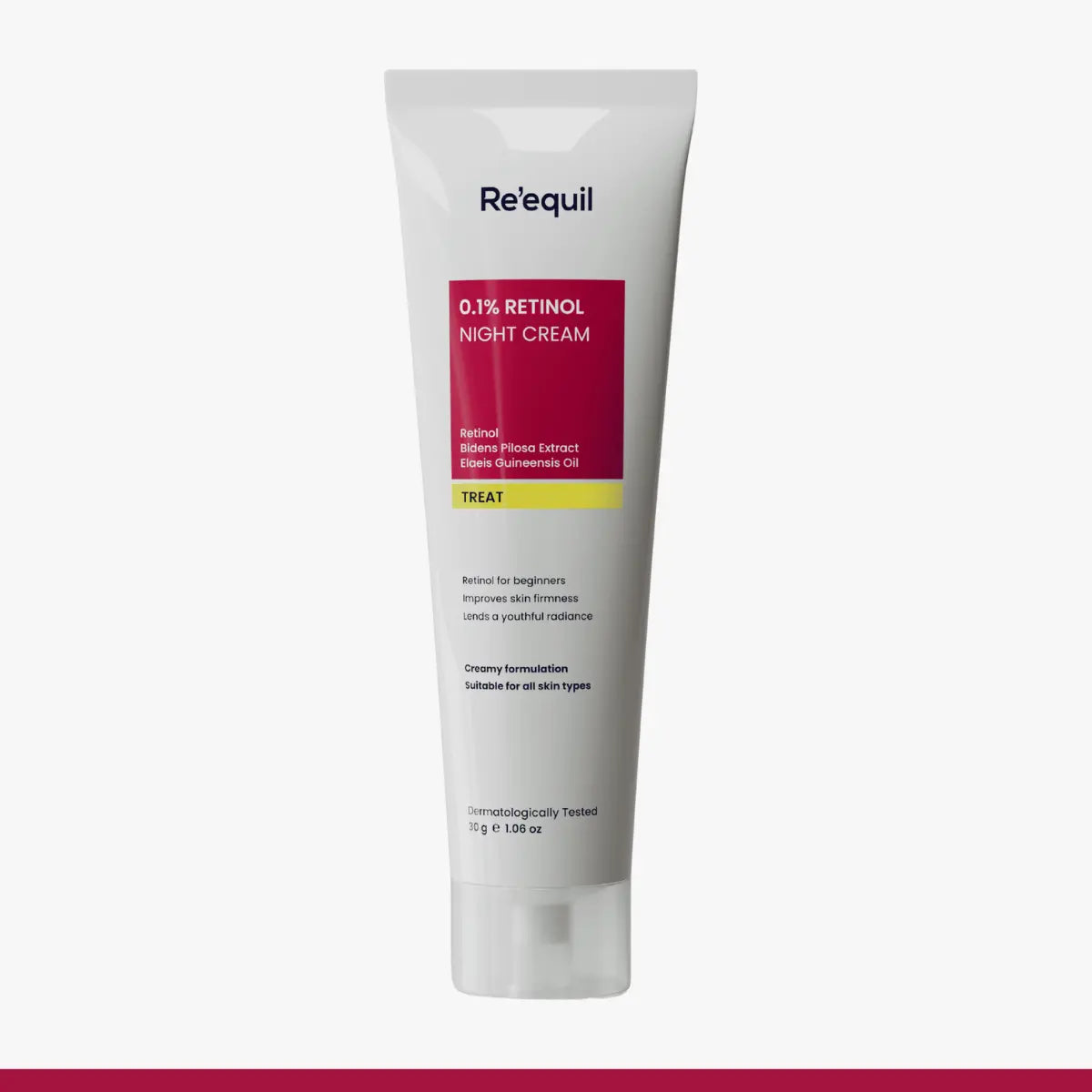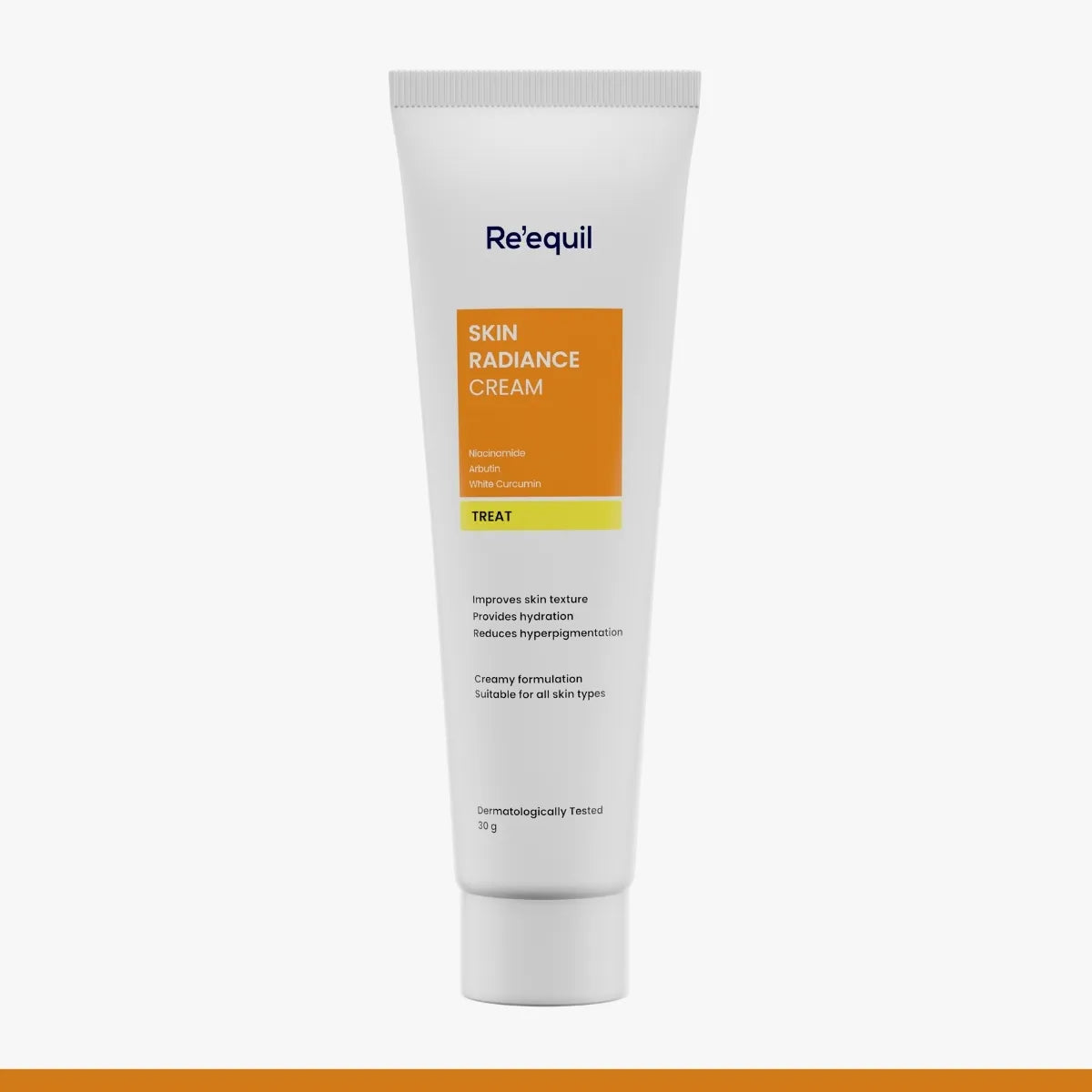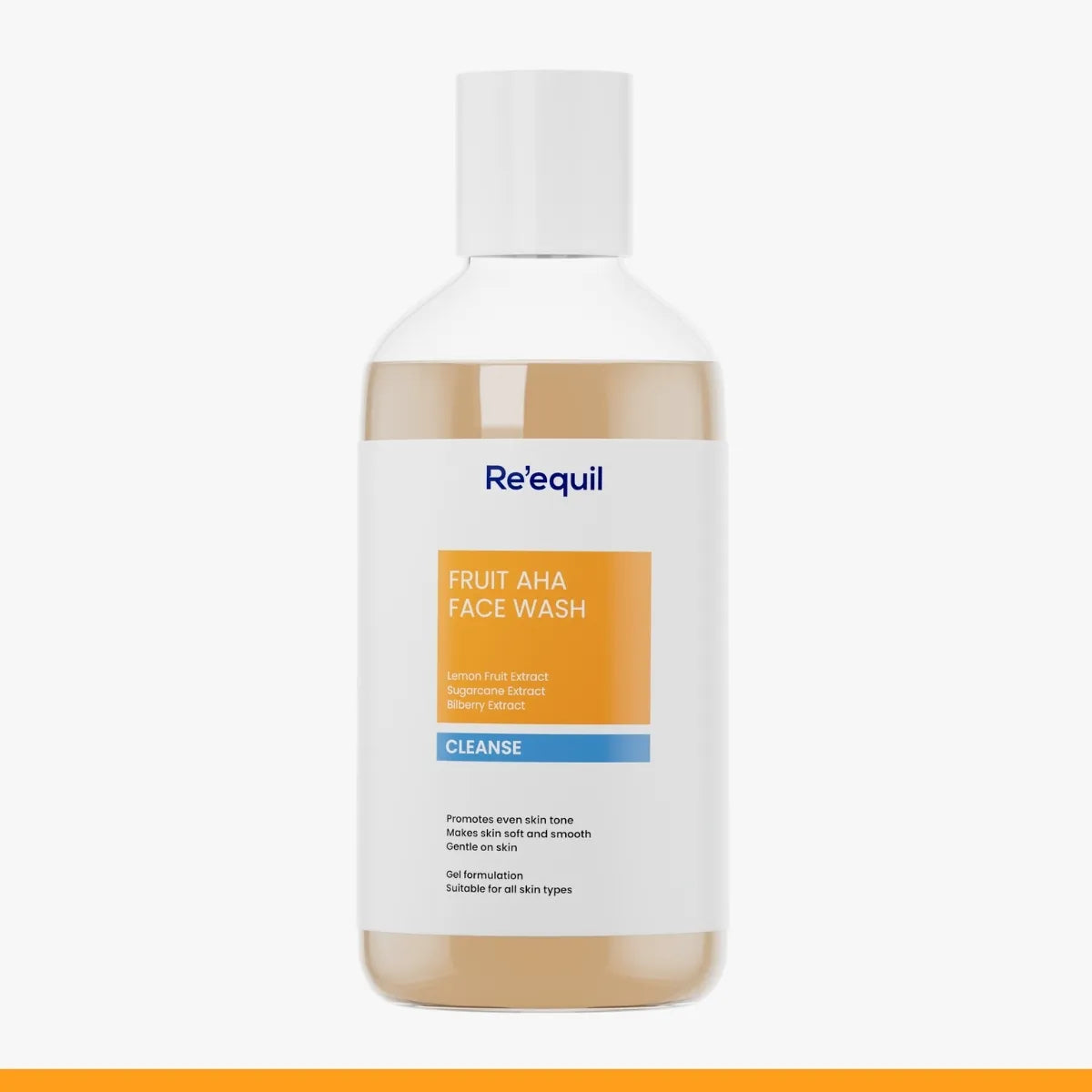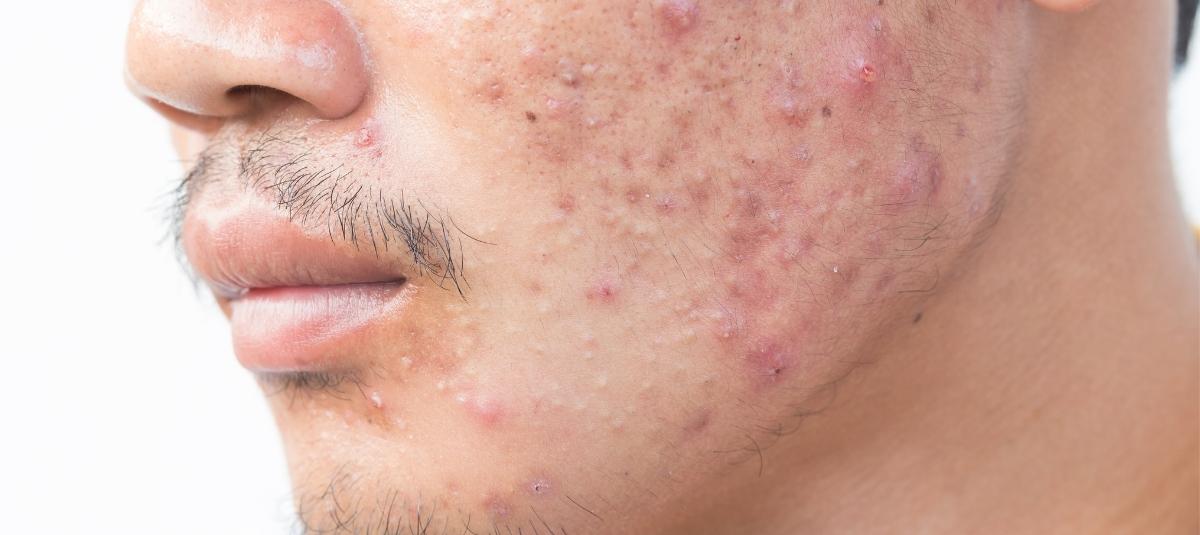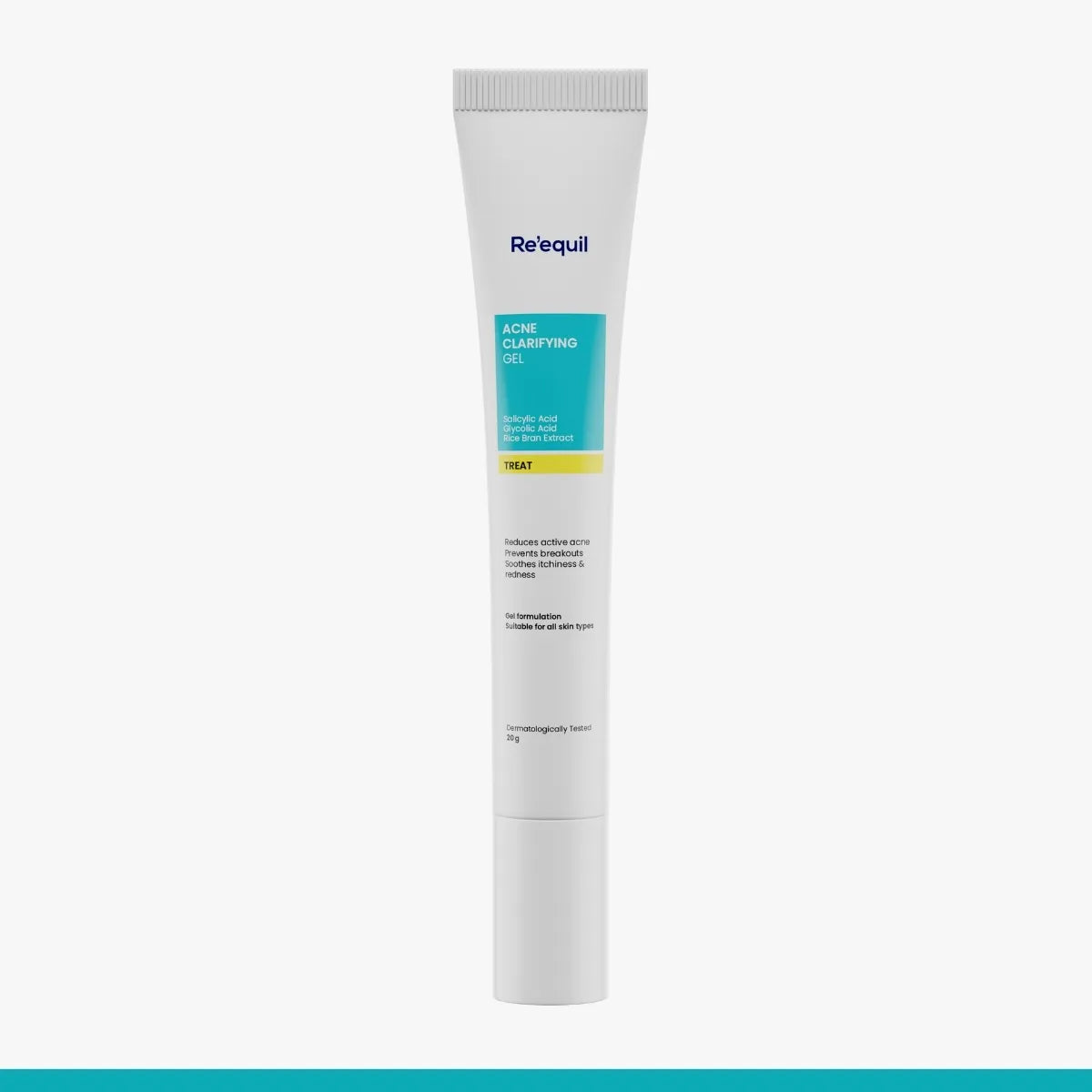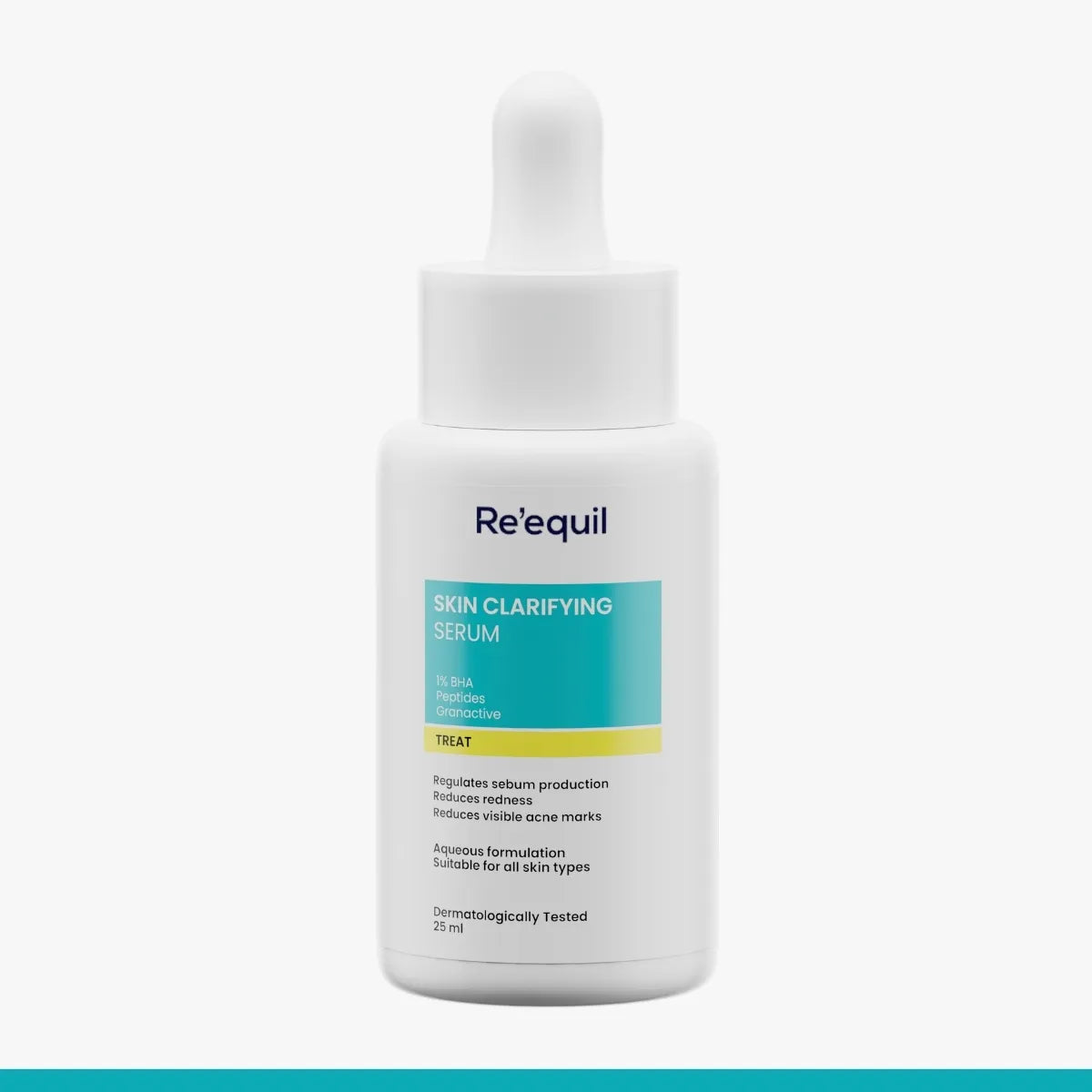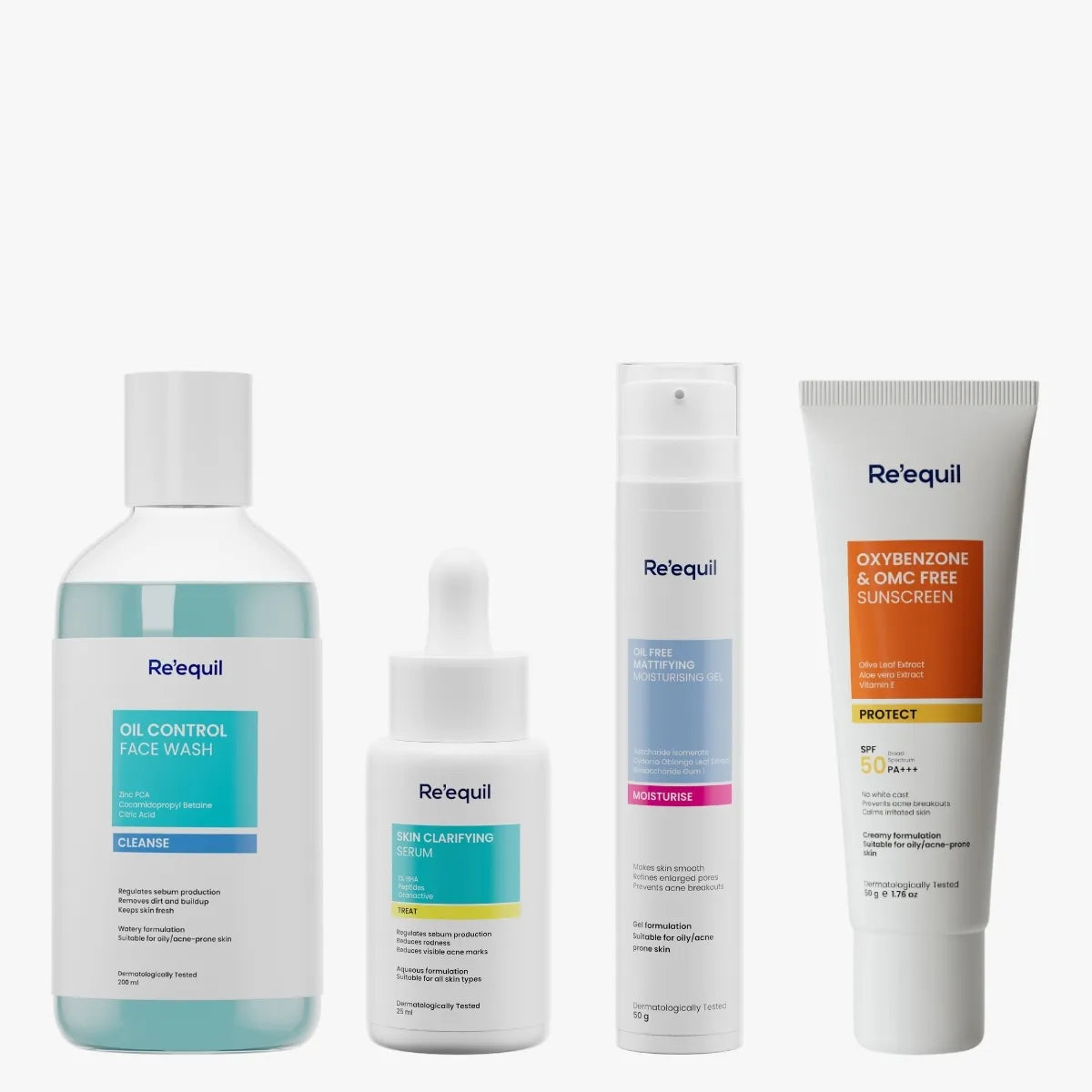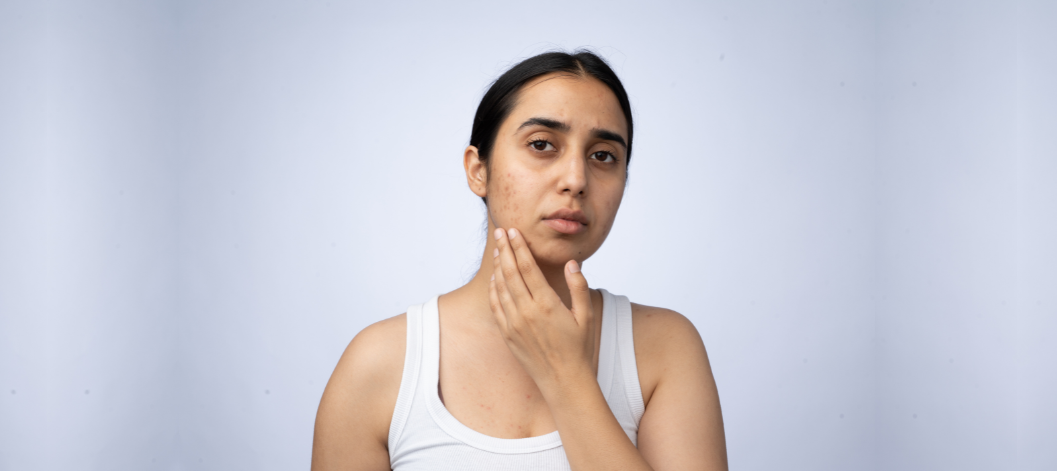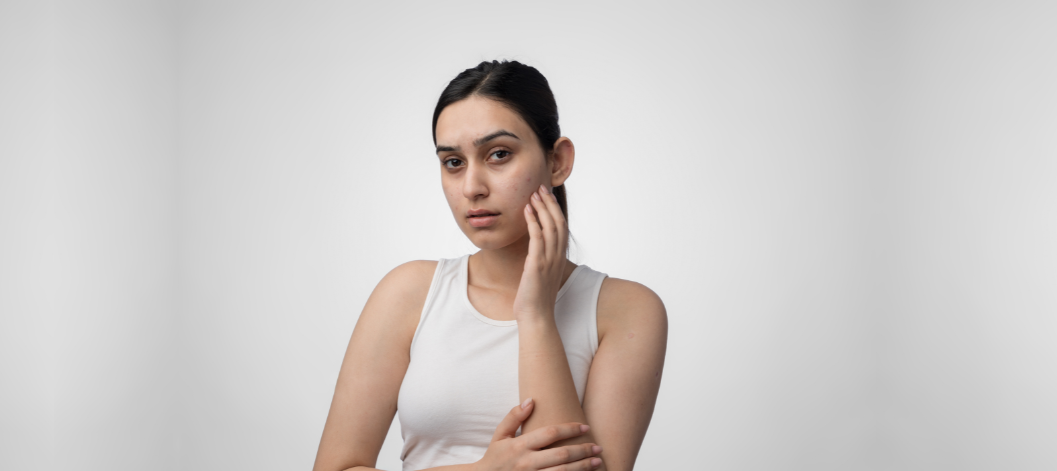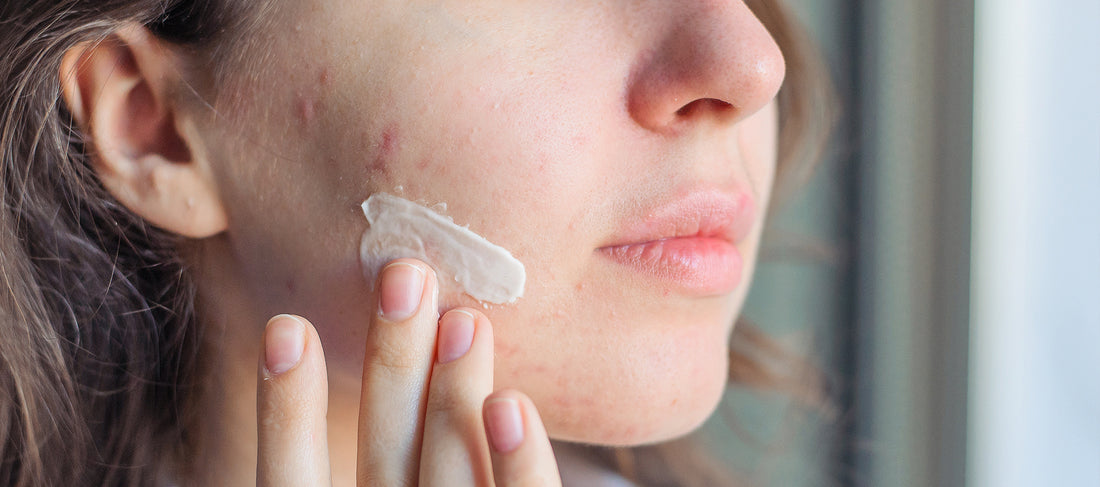Acne doesn’t appear overnight—it has a life cycle.
Just as it takes time to treat and heal, it also takes time for acne to develop beneath the surface.
You don’t wake up to breakouts suddenly; they become noticeable only when they reach the surface.
The good news is that once you understand how long acne takes to form, you can prevent future breakouts more effectively.
What is the life cycle of a pimple?
It is important to understand that not every acne has the same life span.
To get rid of pimples fast, you should know which type of acne you are suffering from.
The severity of the problem varies from person to person, and so does the treatment.
In the case of mild to moderate acne, it usually takes 6-8 weeks to recover. Whereas nodular acne may last for weeks to months.
1. Early-stage
It is hard to notice the onset of acne. The process is quite microscopic for most of us to even see it. This is how the acne affair begins.
The skin has tiny openings called pores which release sweat and oil to keep your skin breathable.
The pores are clogged due to excess sebum production and dead skin cells build-up. These blocked pores further turn into whiteheads and blackheads.
Whiteheads are called closed comedones which are characterized by round white bumps on your skin surface.
Whereas, blackheads are also known as open comedones. They appear black because exposure to air causes the oxidation of melanin.
2. Middle stage
This is the phase when acne begins to grow and expand.
You might experience small red bumps (Papules) when debris accumulated in pores begins to penetrate into the deeper layers of your skin.
Papules are small, round raised bumps without pus on your skin surface.
Over time, bacterial growth occurs in clogged pores which causes pus formation along with inflammation and irritation.
These pus-filled bumps are called Pustules.
Over time, bacterial growth occurs in clogged pores which causes pus formation along with inflammation and irritation. These pus-filled bumps are called Pustules.
3. Final stage
In this phase, bacterial infection keeps multiplying which causes inflammation into deeper layers of your skin and forms hard bumps.
These hard bumps are named nodular acne and cystic acne and are considered the most severe forms of acne. In nodular acne, small painful hard bumps without pus develop under your skin.
Cystic acne is characterized by pus-filled hard bumps on the surface of your skin.
This is how acne emerges and rises to its peak with cystic acne.
After a few weeks, naturally, the acne heals itself and dies leaving blemished skin- acne scars and marks - PIH / PIE.
Now that you are familiar with the life cycle of acne, you can treat it better. Here are the best ways to heal acne-
What is the best way to prevent or treat acne?
One word answer is – ‘non-comedogenic’ skincare.
We now know that when pores are clogged, it gives rise to whiteheads, blackheads, and acne infection.
So, the first and foremost rule while looking after acne is avoiding ingredients clogging your pores - comedogenic.
Ingredients like Coconut butter, Isopropyl isostearate, Isopropyl linoleate, Acetylated lanolin alcohol, Isopropyl myristate are highly comedogenic and are commonly found in many skin care products.
The tip is to use the products with ‘non-comedogenic’ labels on them. Now, let’s see what comprises an effective and safe skin care routine -
1. Cleanser
Without any doubt, face cleansing is the most basic yet highly important step in acne treatment.
Picking up the wrong cleanser while dealing with acne can lead to more breakouts.
Dermatologists explain that an effective face wash for acne-prone skin helps to balance out excess sebum production without disturbing the natural skin oils levels without blocking out pores.
As per clinical trials, Zinc PCA-based face wash helps to reduce excess oil, clean clogged pores, and soothes irritated skin.
Note -
Do not overwash your face thinking it will help you get rid of acne quickly. Overwashing will simply dry out your skin and trigger excessive sebum production to compensate for the moisture loss. Dermatologists recommend washing your face twice a day - morning and night.
READ - Why is Zinc PCA a Skin Saviour for Acne-prone Skin?
2. Face serum containing BHA and Peptides
Topical treatments like serums are quite beneficial in treating skin concerns. Serums are highly concentrated to target the problem area.
Since they have light molecular weight, they tend to seep into the skin and function.
Acne face serums with BHA (Beta hydroxy acid) and Peptides like Oligopeptide 10 have wonderful effects in treating acne lesions meanwhile encouraging skin rejuvenation.
Active ingredients present in serum also help to refine the skin texture, stimulate collagen production, and prevent future dark spots.
3. Acne spot treatment
Acne spot treatments are meant to be used only on targeted areas rather than using it all over the face.
Such acne treatment products help to kill acne-causing bacteria and regulate excess sebum production to treat active pimples and prevent further acne risks.
Salicylic Acid, Boswellia serrata resin Extract, and Rice Bran Extract are known to be the most effective acne-fighting ingredients.
4. Sunscreen
Board-certified dermatologists agree that unprotected sun exposure can worsen your acne condition.
Hence, you should not skip sunscreen if you have acne-prone skin. You can consider using sunscreens that are ultra-light, non-comedogenic, and non-greasy.
Finding a perfect anti-acne skin care regimen is the ultimate road map to healthy and acne-free skin.
Ingredients for acne-prone skin types help to treat existing acne and reduce the risk of future breakouts as well.
In addition, whether you have mild or severe acne, don't wait to get it healed itself rather seek immediate care.
You might have a small pimple on your face but it is a possibility that it can give you acne scars or Post-Inflammatory Hyperpigmentation (PIH) later on.
Wrapping up
Numerous skin specialists explain that crashing your bed without cleansing your face increases the chances of acne flare-ups, skin aging, and blemishes.
Throughout the day, dirt, and impurities keep sticking on your makeup face. When you don't follow a nighttime skincare routine, all the grime deposited on your face can seep into pores to cause severe damage to your skin.
It is good to religiously follow all the steps of the skin care routine which include cleansing, toning, serum layering, and moisturization.
